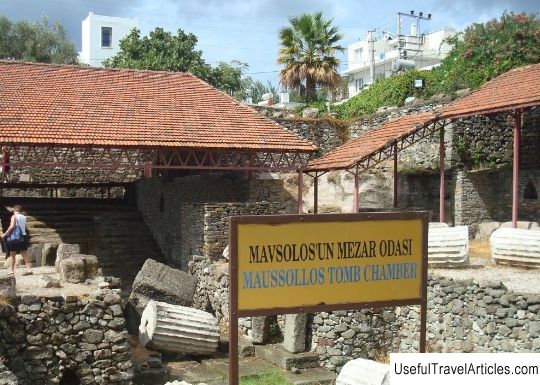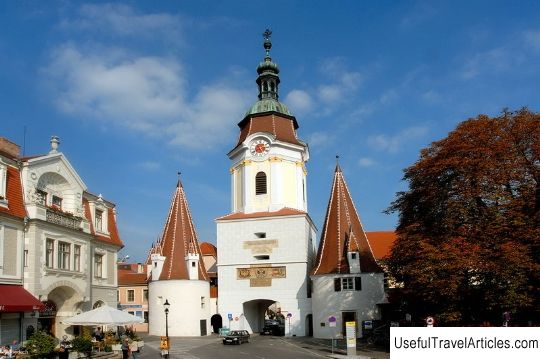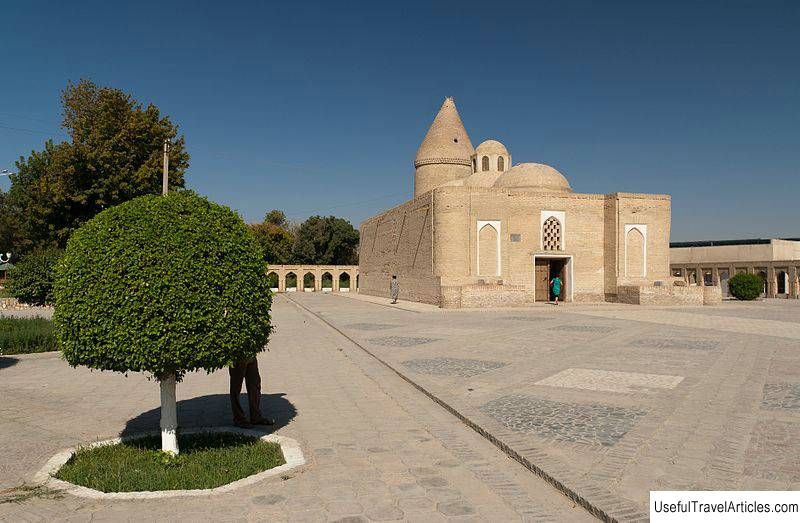Mausoleum of King Mavsol (Mausoleum) description and photos - Turkey: Bodrum
Rating: 7,8/10 (5405 votes) 
Mausoleum of King Mausoleum description and photo - Turkey: Bodrum. Detailed information about the attraction. Description, photographs and a map showing the nearest significant objects. The title in English is Mausoleum. Photo and descriptionThe end of the second millennium BC is notable for the fact that the Greeks, preoccupied with the search for a new living space, began to slowly occupy the territory of Asia Minor. This time also dates the appearance of the city of Halicarnassus, then renamed Bodrum. In 546 BC. this territory was captured by the Persian king Cyrus II. The vast borders of the Persian state were structurally divided into small, in modern terminology, autonomous regions, which have their own rulers, subordinate to the Persian king. They were given complete freedom of action according to the principle "Everything that is not prohibited is allowed." These areas were called “satrapy”, and the king - governor - “satrap.” Satrapy, located in the southwest of Asia Minor, was called Kariya. Its capital - Milasa - was located northeast of Halicarnassus in the mountains. But the satrap Hektamon, who ruled here about 400. BC. , decided to move the capital to Halicarnassus. The reason for this was its convenient location. After the official transfer of the capital from Milas to Halicarnassus, Hektamon began a rapid construction, the purpose of which was to turn Halicarnassus into a royal residence. But in 377 BC. he died before he moved to the new capital. After his death, the throne of the satrap was taken by the son of Hektamon, Mavsol. He set about continuing the work started by his father with equal energy. At the same time, among other things, he decided to build a mausoleum - a monumental tombstone, whose name and majestic appearance would be an eternal reminder to descendants, both of his name and of his glorious deeds. Being a passionate connoisseur of Greek culture and art, he announced the opening of a special competition in which Greek construction masters were invited to participate. Almost all famous Greek architects took part in it, and Pytheas and Satyr became the winners. The unusual construction of the mausoleum, which became the fifth wonder of the world, was decorated with friezes and bas-reliefs depicting mythical characters, and the best were embodied in marble figures. antique traditions. However, as in the case of his father, Mavsol was not destined to enjoy the fruit of his efforts: in 353 BC, when he died, the mausoleum was not yet finished. The construction of the building was continued by his wife Artemisia, but she also died shortly before it was finished. And the architects completed the construction of the mausoleum, who took part in its construction. As they say, it was built for centuries. So, the tomb of Mavsol survived during the siege and capture of the city by Alexander the Great in 334 BC. He emerged unharmed after other wars. But, "nothing lasts forever under the moon," and as a result of the earthquake that occurred in the XII century, most of the building was destroyed, after which it was dismantled to the ground, and in its place they began to erect residential buildings. In 1857 year 12 houses were bought, after which English archaeologists from under the rubble were extracted the remains of what was once proudly called the Mausoleum. These findings are currently kept in the British Museum in London. Nowadays, only the foundation and the green stone that once covered the entrance have survived from the Mausoleum. The tomb of Mavsol survived during the siege and capture of the city by Alexander the Great in 334 BC. He emerged unharmed after other wars. But, "nothing lasts forever under the moon," and as a result of the earthquake that occurred in the XII century, most of the building was destroyed, after which it was dismantled to the ground, and in its place they began to erect residential buildings.     We also recommend reading Castle of Thalberg (Burg Thalberg) description and photos - Austria: Styria Topic: Mausoleum of King Mavsol (Mausoleum) description and photos - Turkey: Bodrum. |




